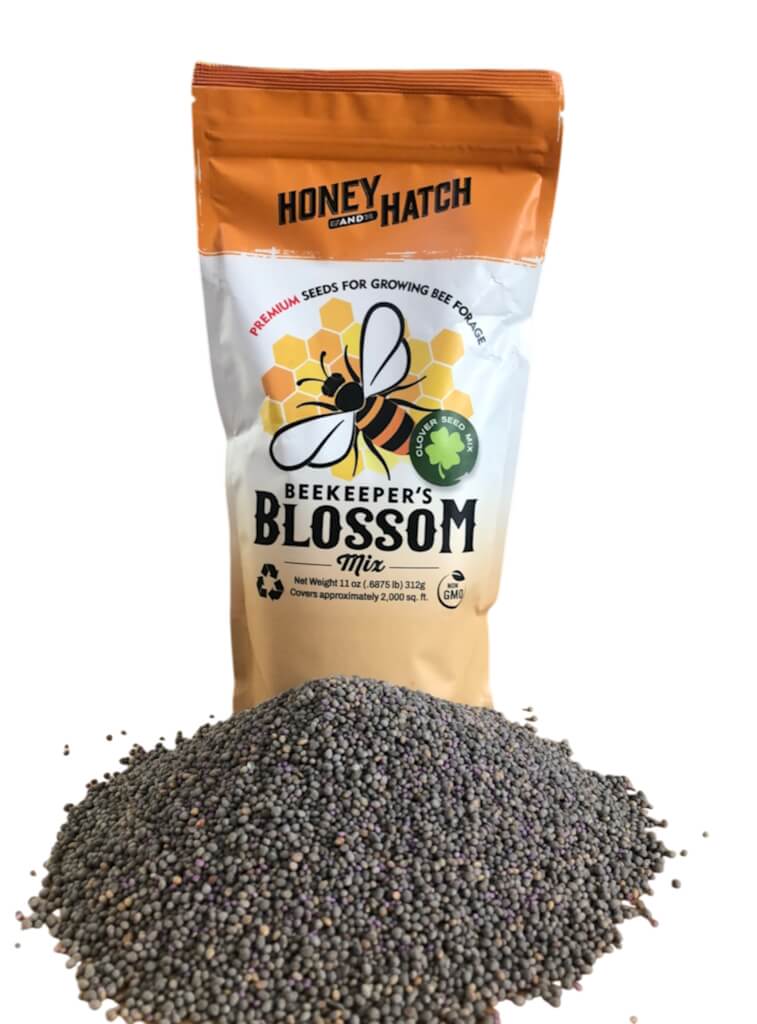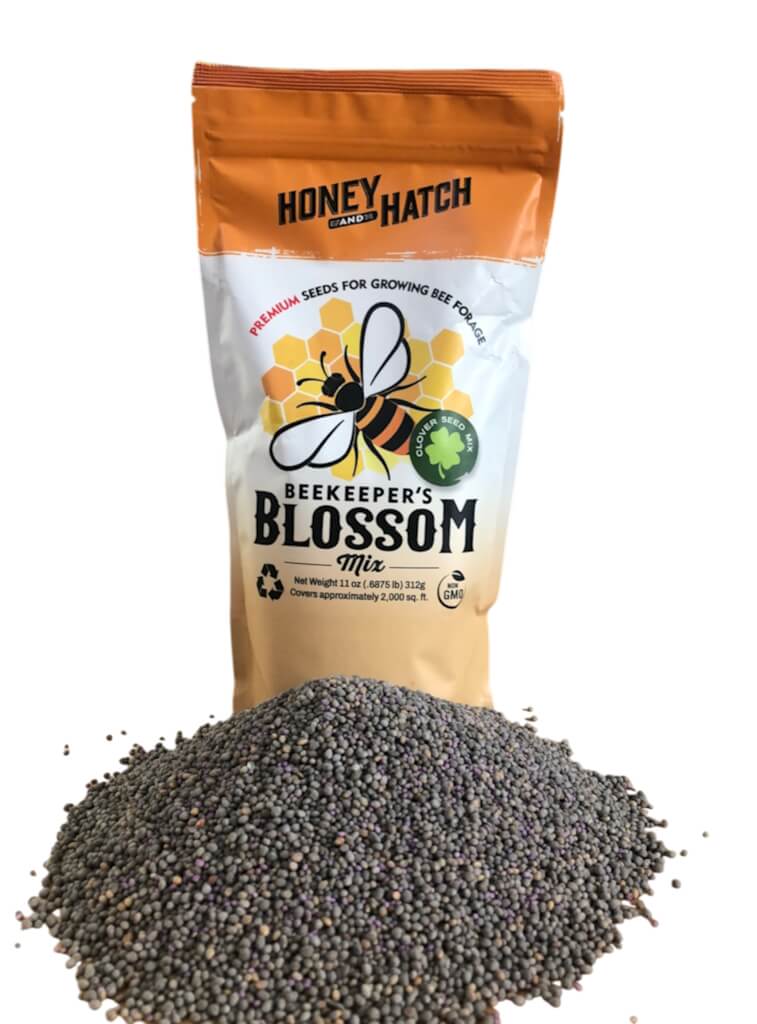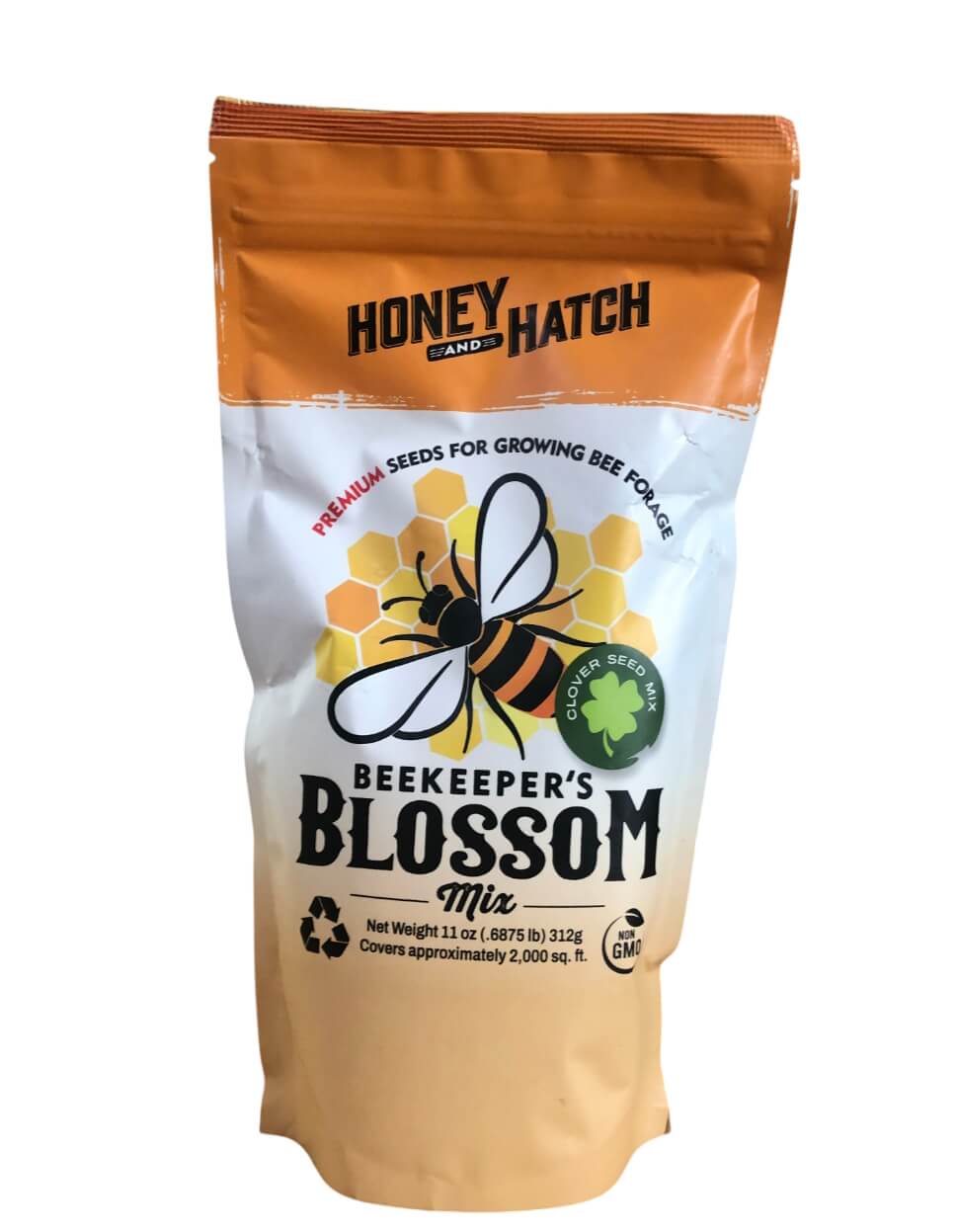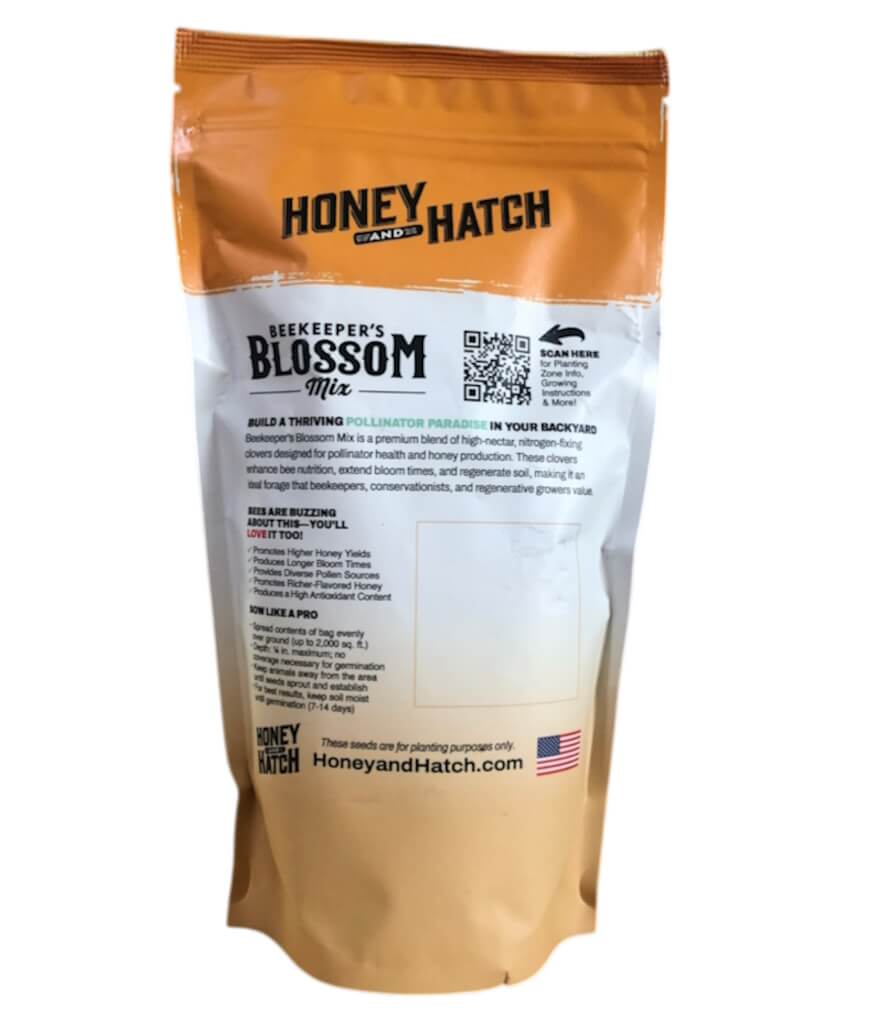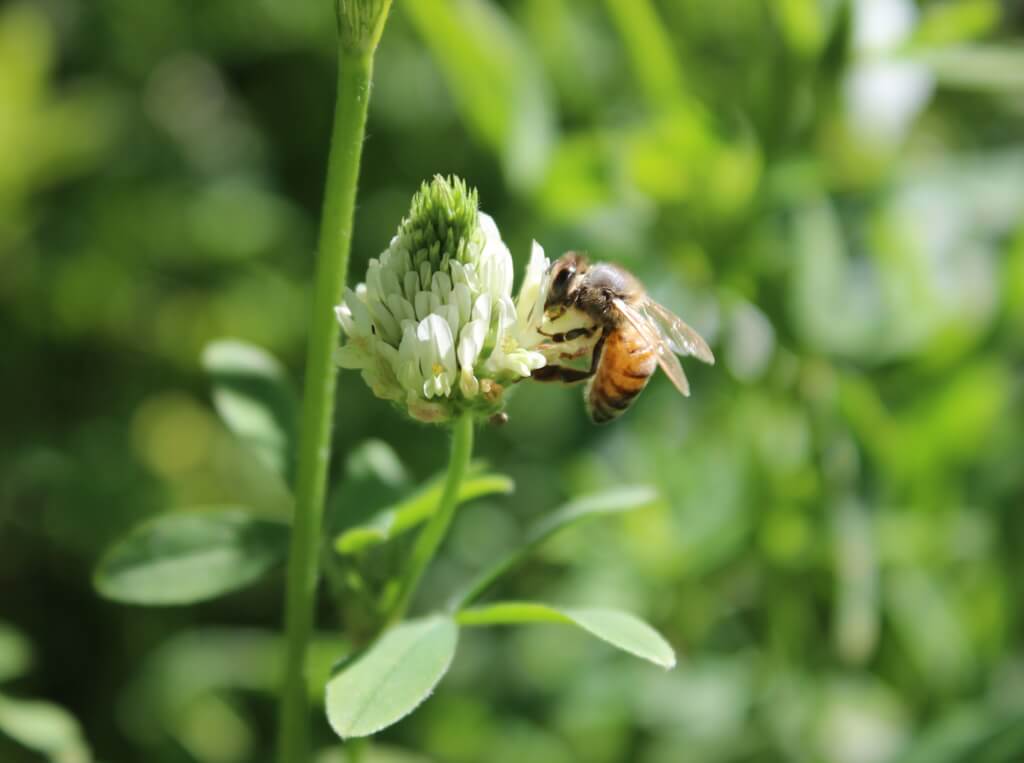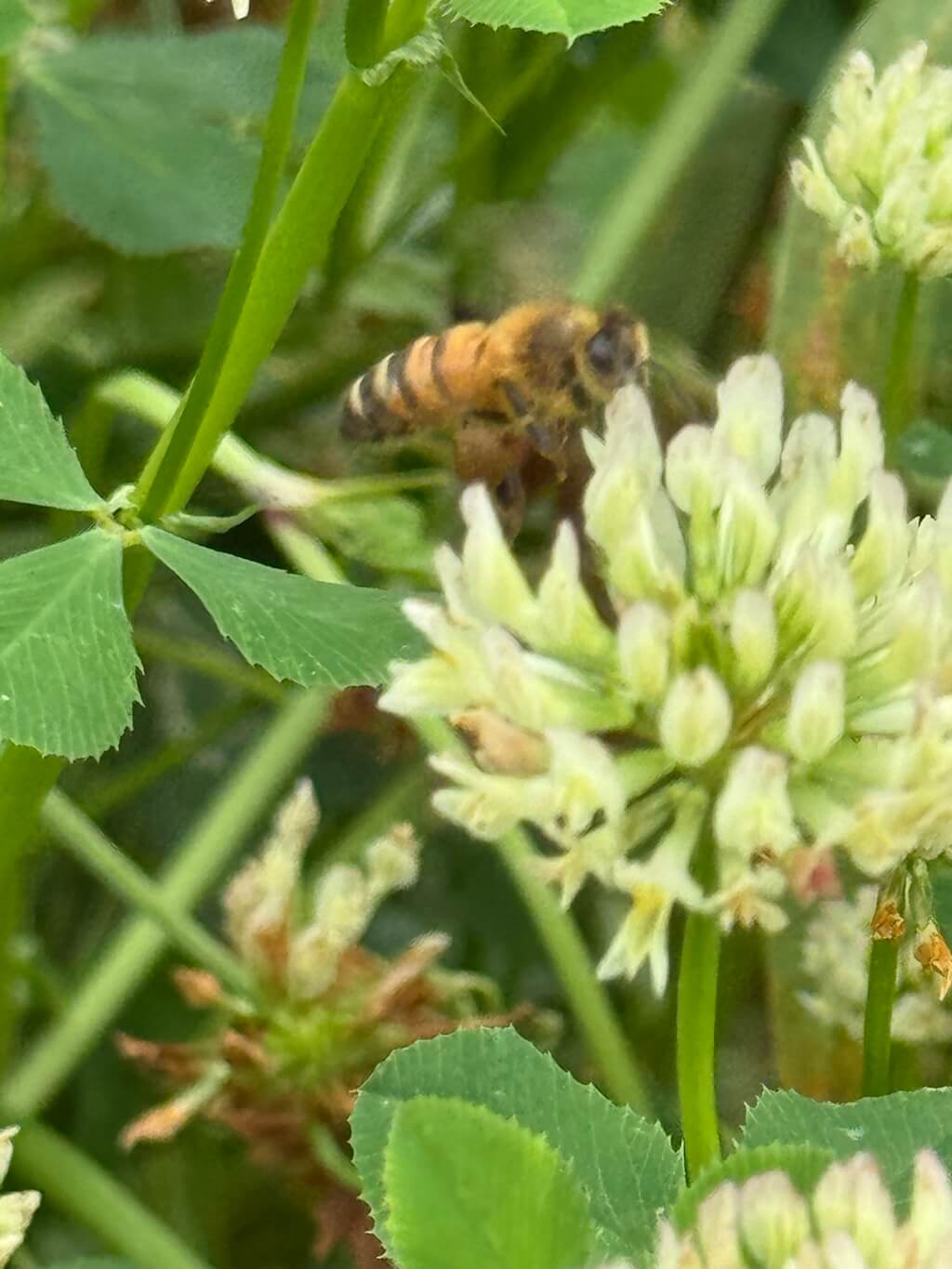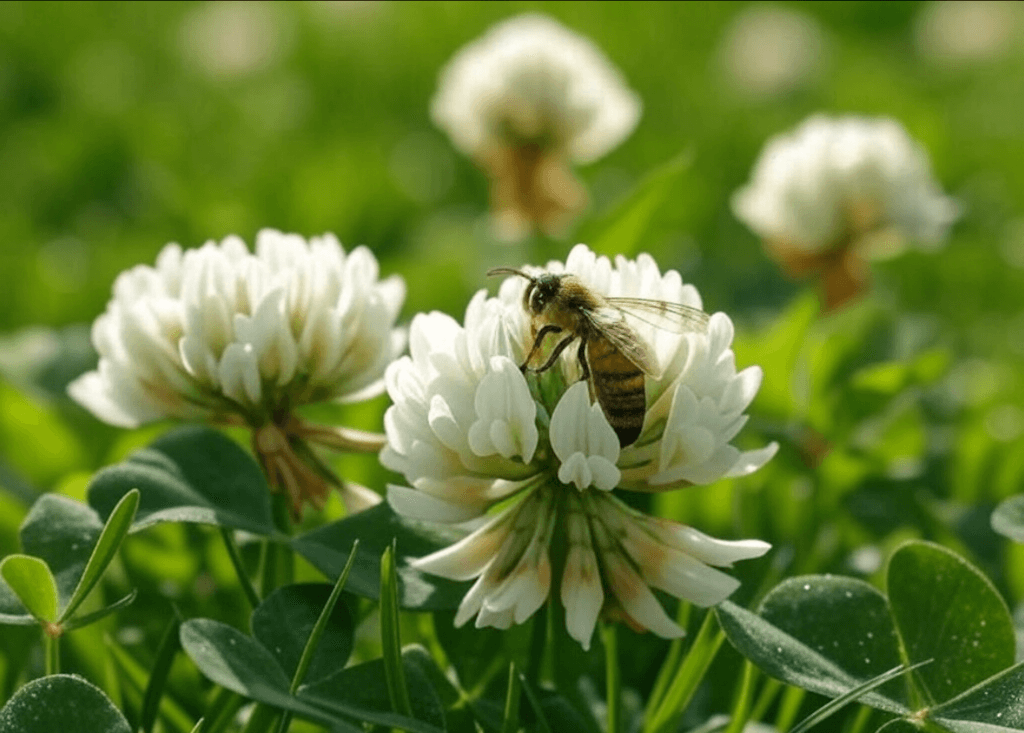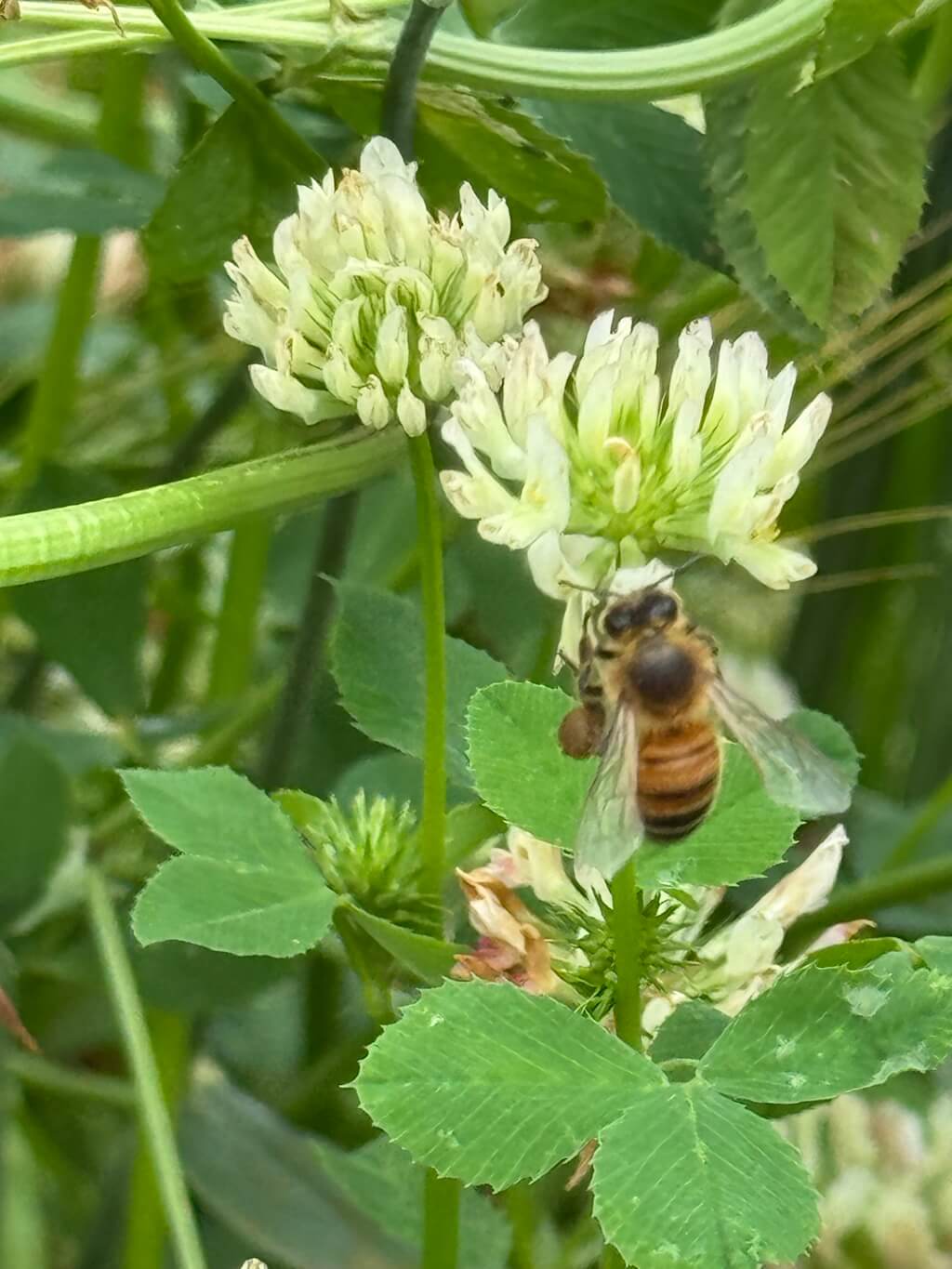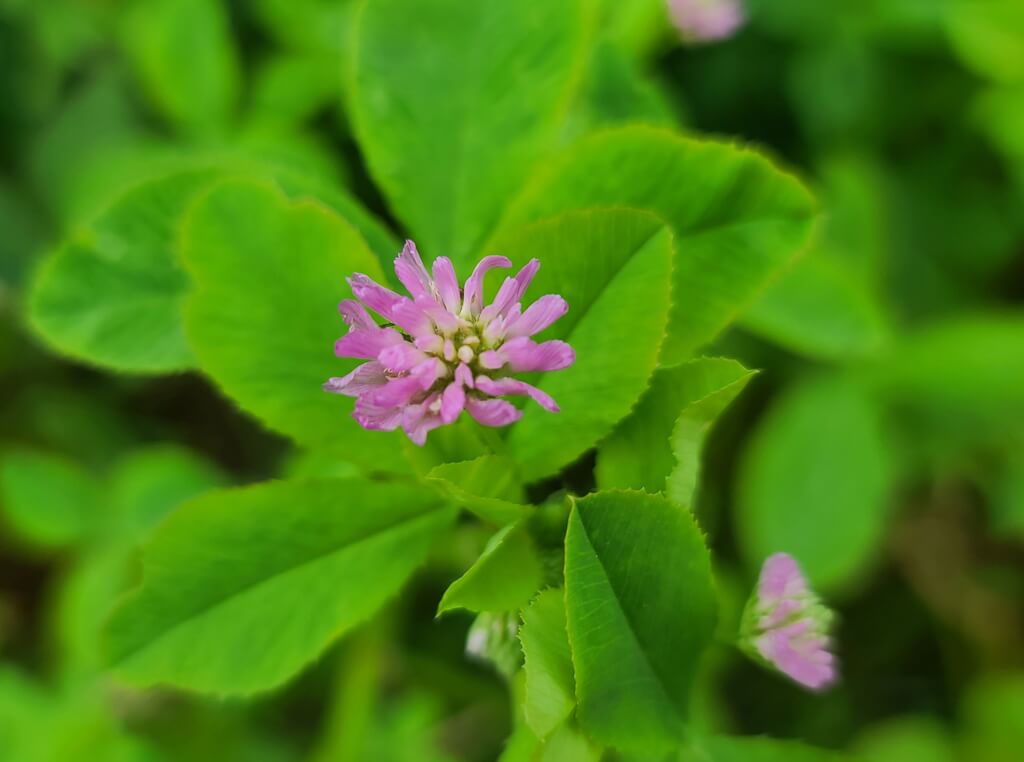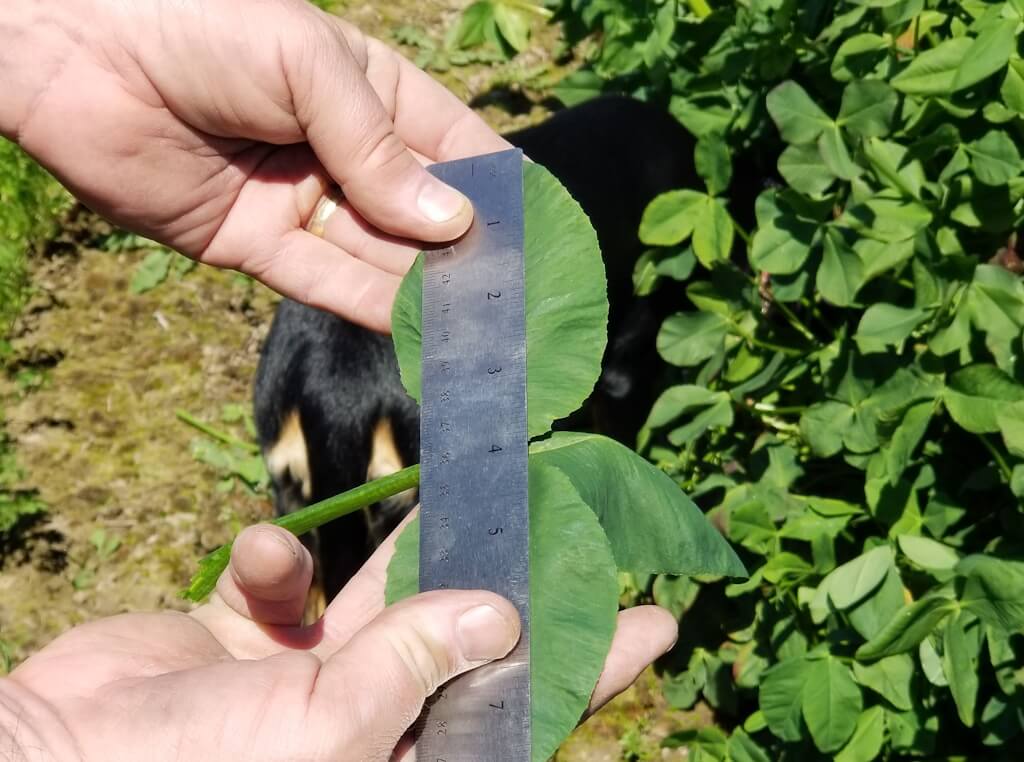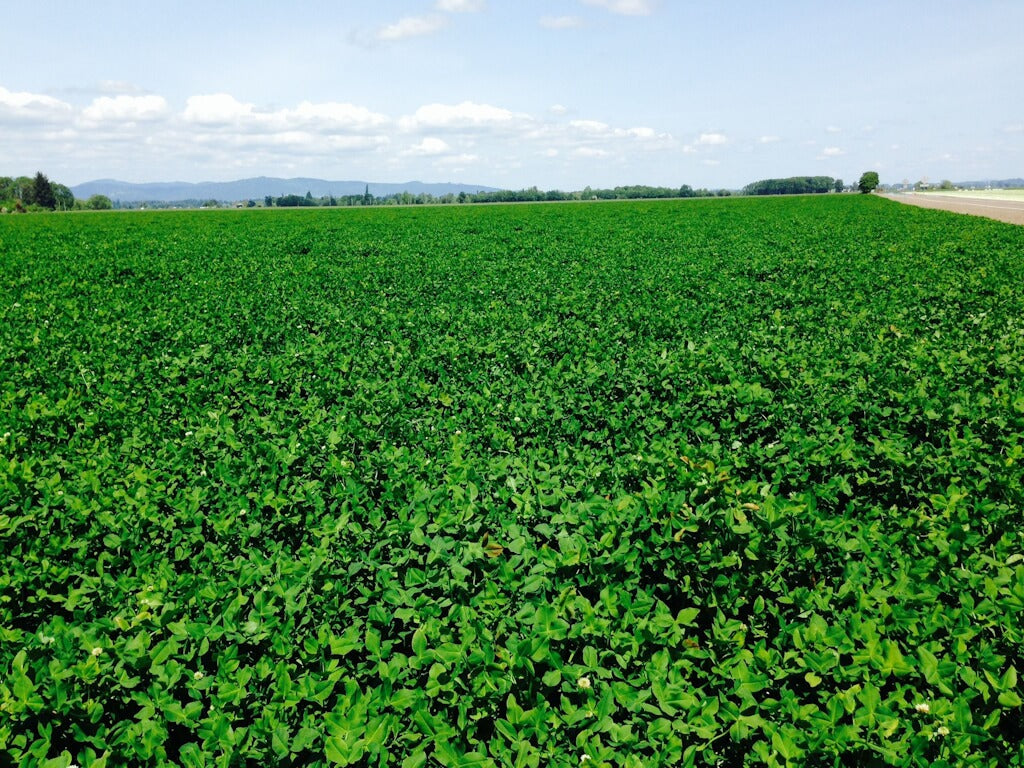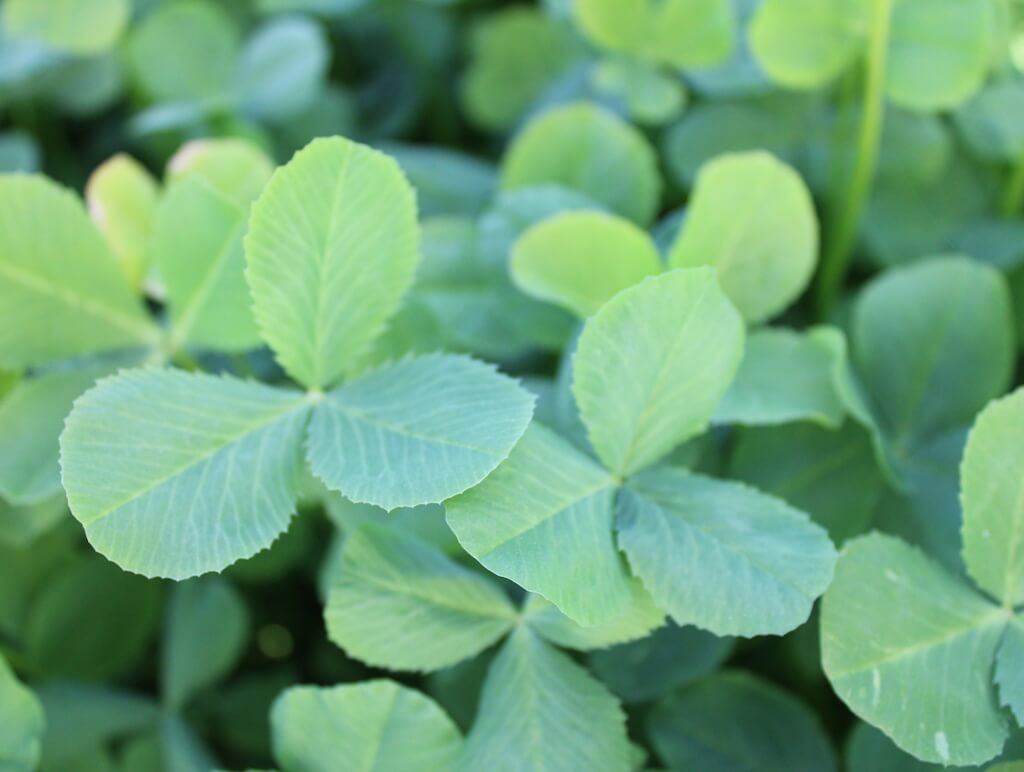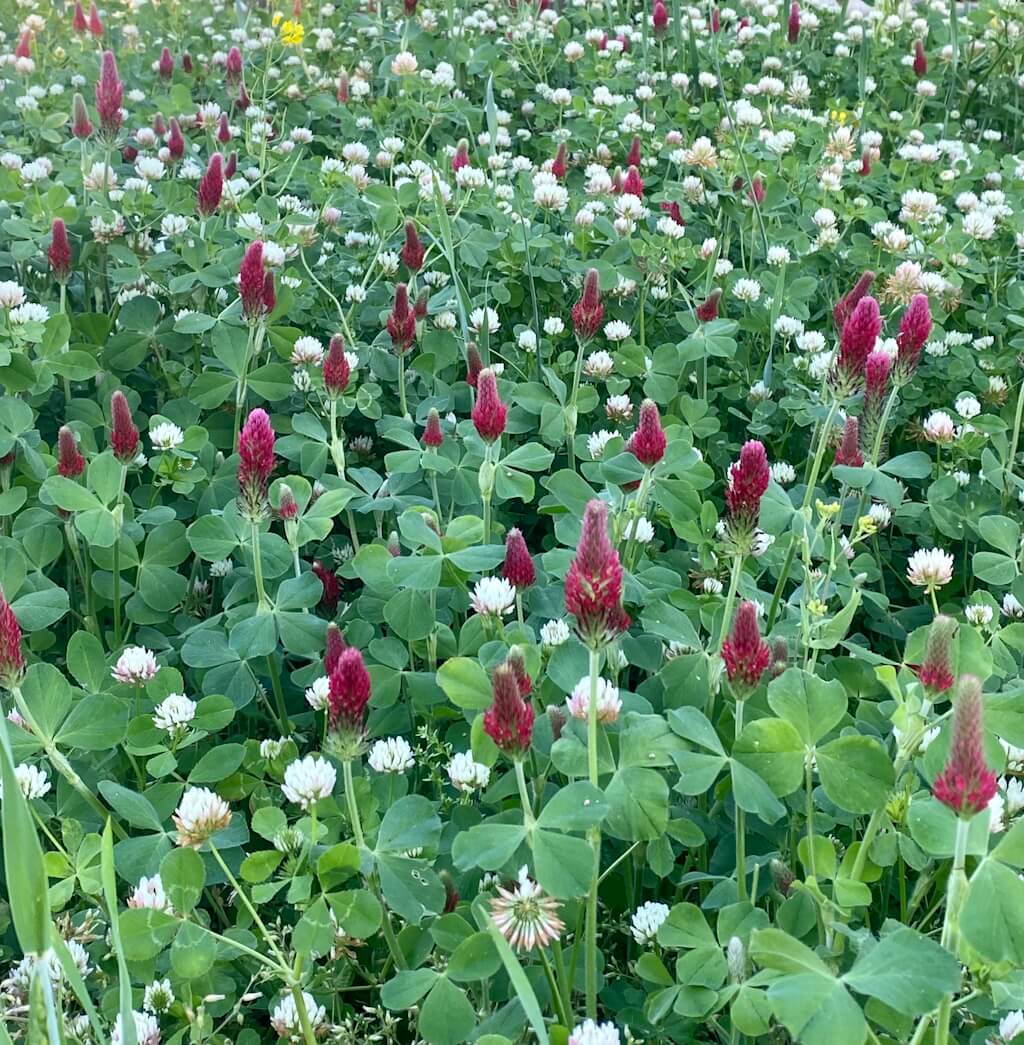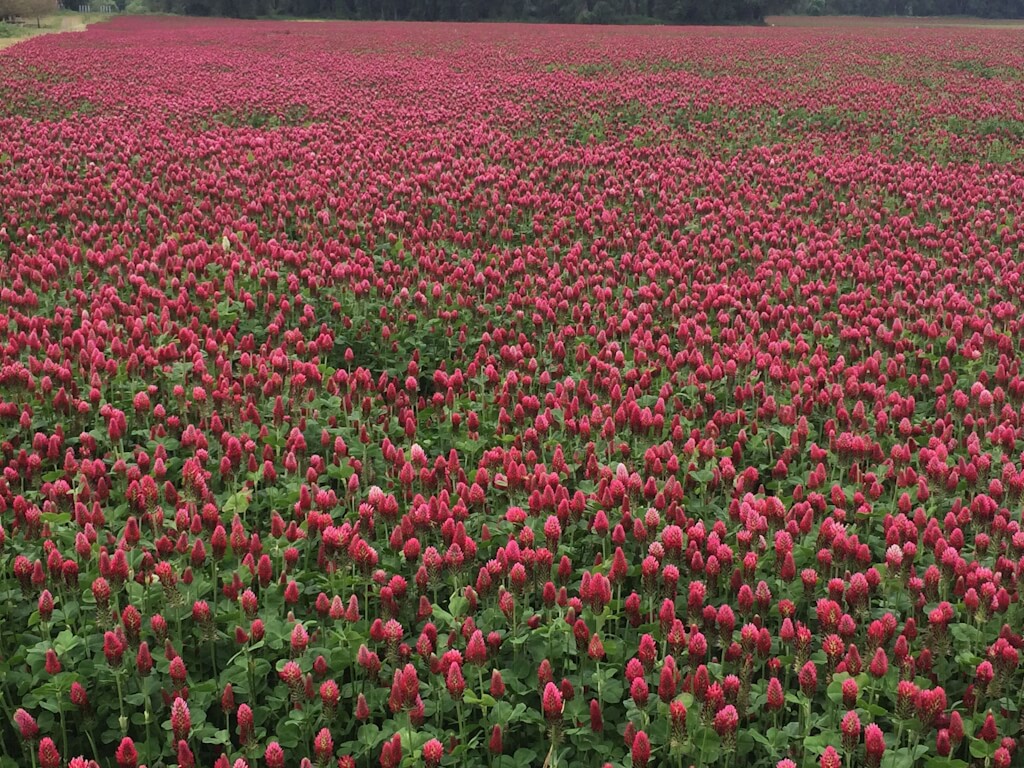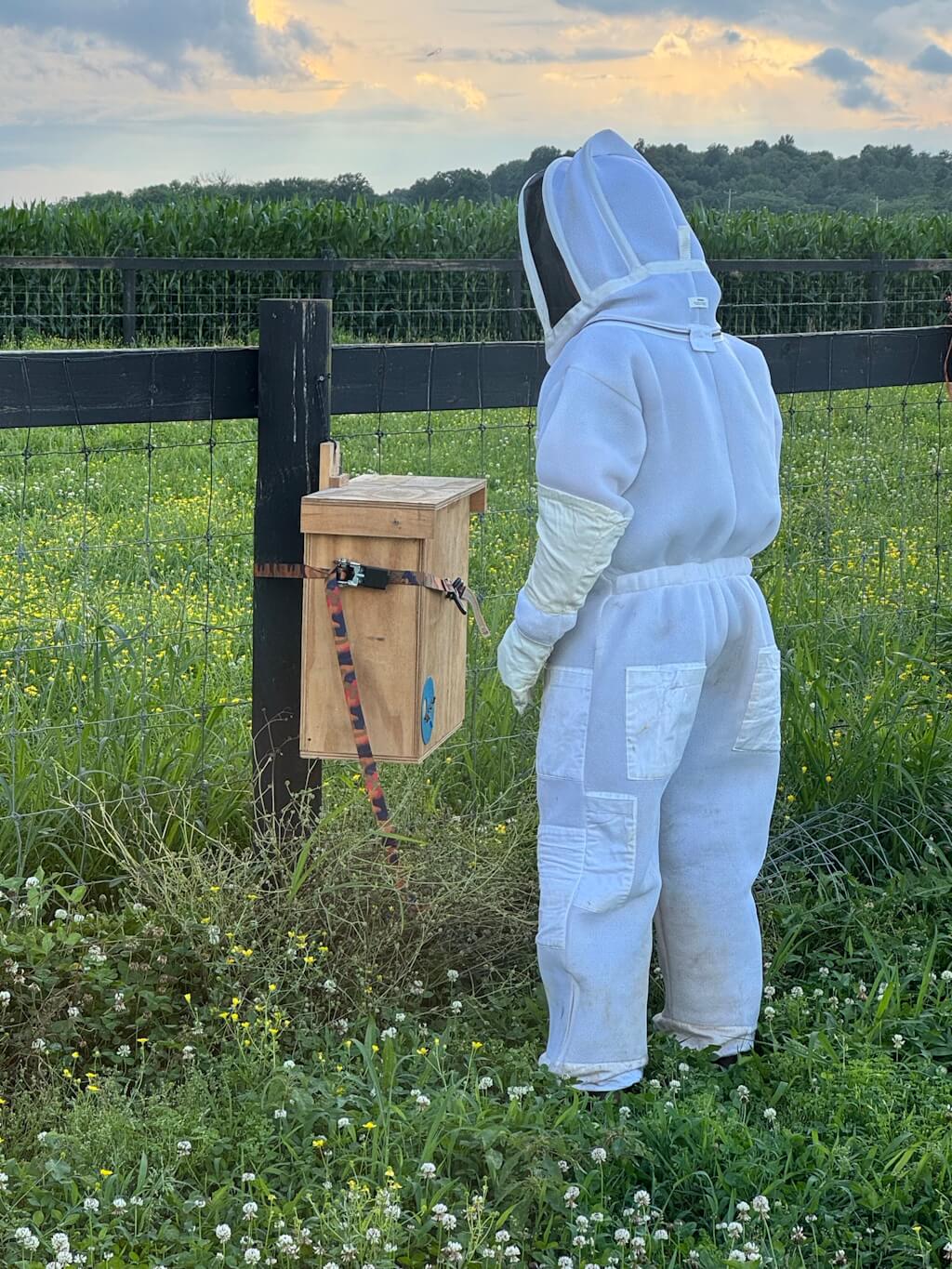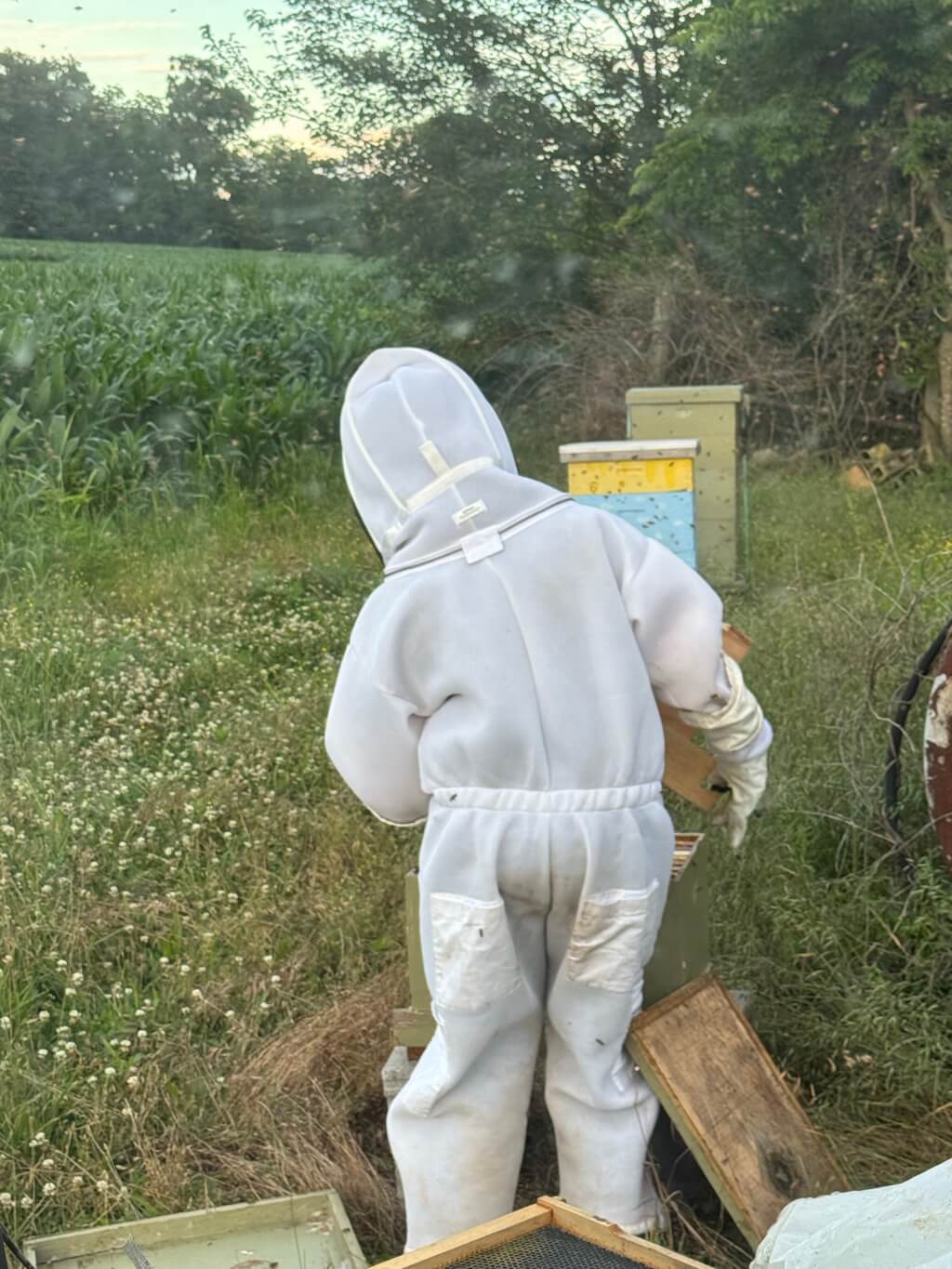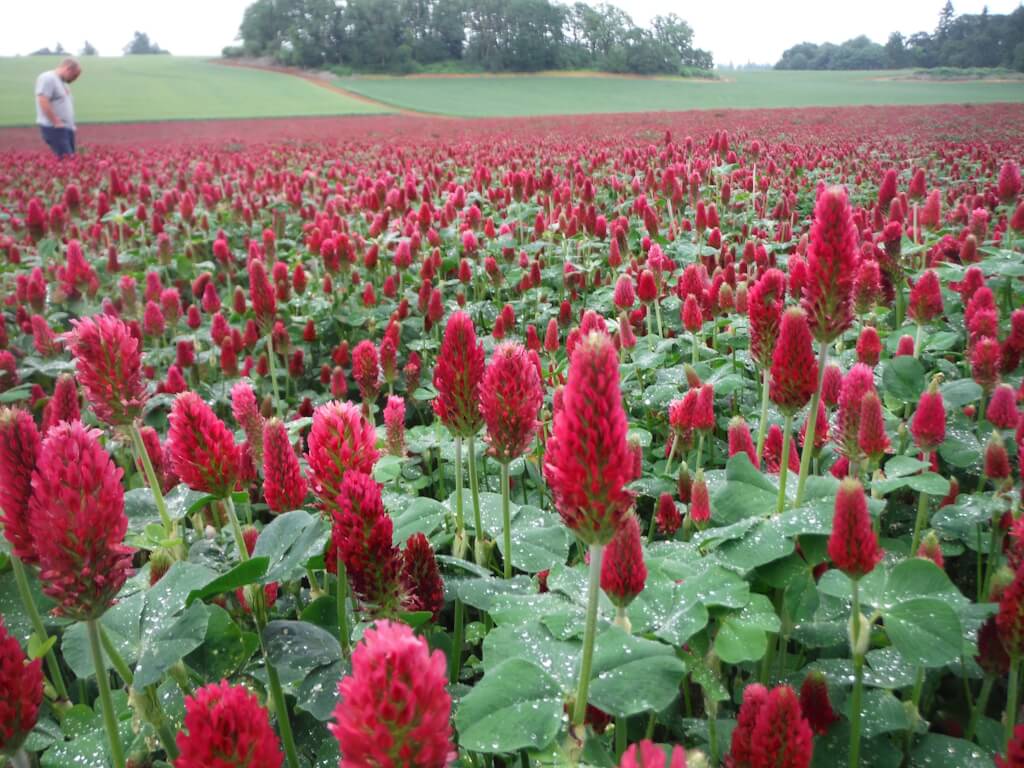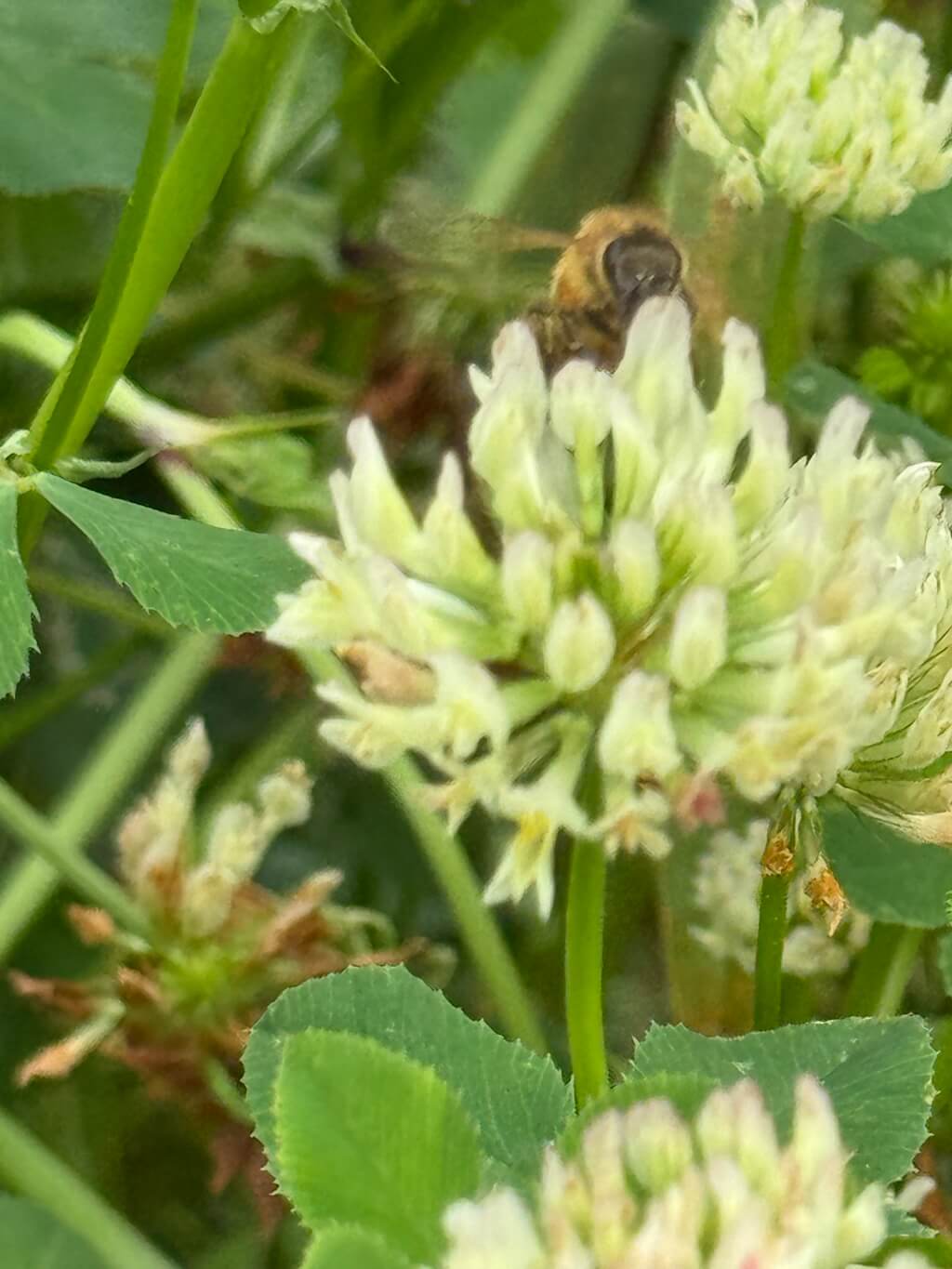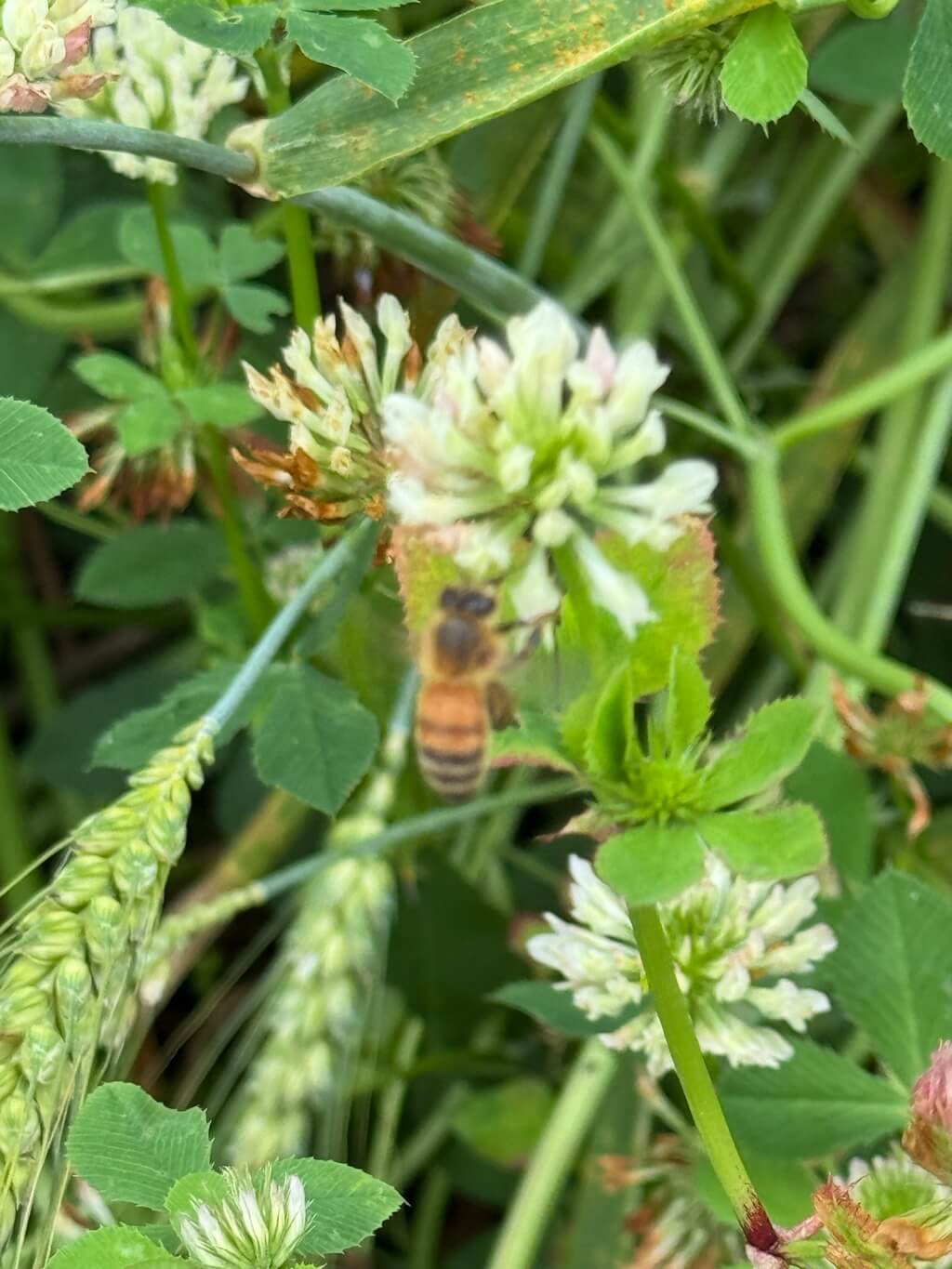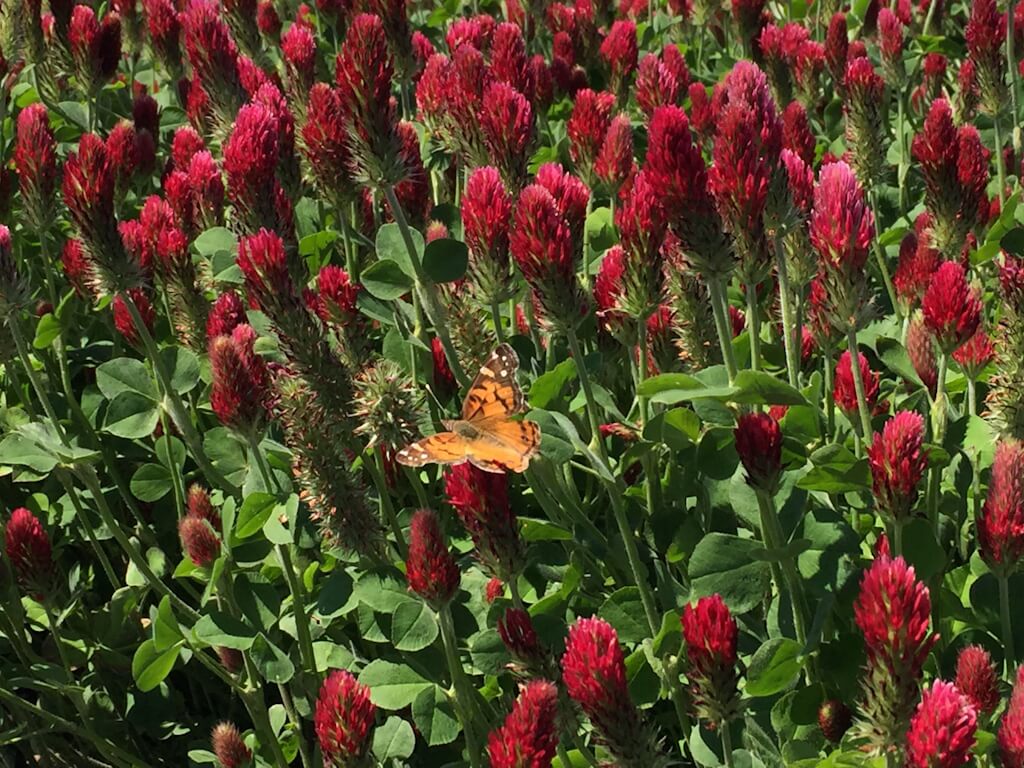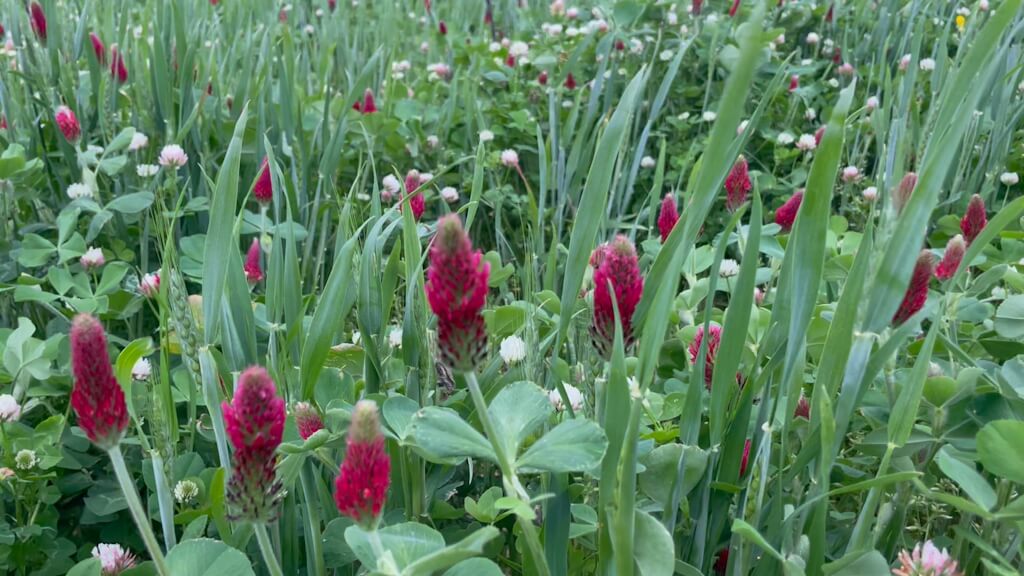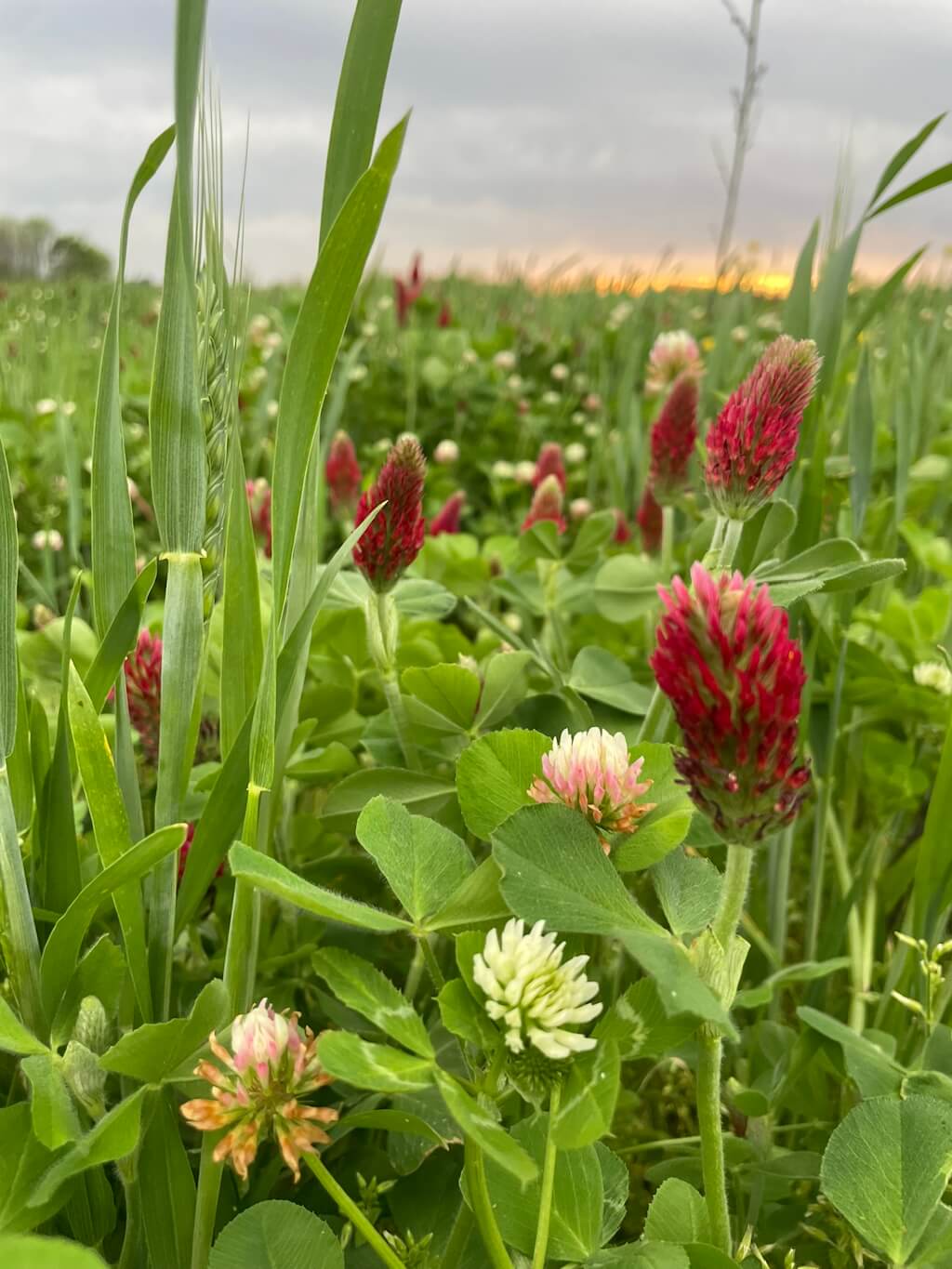
Small Plantings, Big Environmental Impact: Why Fixation Balansa Clover Matters
Share
Fertility From Thin Air
Did you know plants can pull fertilizer straight from the sky? Nearly 78% of our atmosphere is nitrogen, but in its natural N₂ form, it’s unavailable to plants. That’s where nitrogen fixation comes in. Legumes like clover partner with soil bacteria to convert atmospheric nitrogen into forms plants can actually use. Think of it as tiny root factories making free fertilizer.
And when it comes to nitrogen-fixing cover crops, one clover consistently stands out: Fixation Balansa Clover.
What Is Nitrogen Fixation?
Nitrogen fixation is a natural process where clover forms nodules on its roots that house beneficial bacteria called rhizobia. The plant feeds these microbes sugars, and in return they transform atmospheric nitrogen into ammonium (NH₄⁺) and nitrate (NO₃⁻). When clover is mowed or dies back, this nitrogen becomes available to surrounding plants.
Think of it as a built-in fertilizer factory — powered not by chemicals, but by biology.
💡 Tip: In areas where clovers haven’t grown before, inoculating seed with the R. leguminosarum biovar trifolii group ensures strong nodulation and maximum nitrogen benefit.
Why Nitrogen Fixation Matters
Healthy nitrogen levels are essential for vibrant growth, strong stems, and abundant flowers or crops. But synthetic fertilizers come with costs:
- Pollution from nutrient runoff and algae blooms
- Soil degradation from overuse
- Rising expenses for gardeners and farmers
Planting nitrogen-fixing clovers like Fixation Balansa reduces reliance on chemicals, improves soil health, supports biodiversity, and saves money.
Why Choose Fixation Balansa Clover?
Not all clovers are equal in performance. Fixation Balansa Clover is a proven leader:
- Exceptional Nitrogen Fixation: Most legumes add 50–150 lbs N/ac. Fixation Balansa produced ~269 lbs N/ac in Illinois trials, outperforming crimson and berseem clovers tested that season.
- Cold Tolerance: Survives harsher winters, giving a spring head start on nitrogen and weed suppression.
- Drought Resilience: Adapts well to both dry and poorly drained soils once established.
- High Biomass: Vigorous growth adds organic matter and improves soil structure when incorporated.
- Pollinator Friendly: Its blossoms are nectar-rich, supporting bees and other beneficial insects. Perfect for blends like our Beekeeper’s Blossom Mix.
Put simply: while many clovers contribute nitrogen, Fixation Balansa Clover does it with more biomass, longer growth, and added benefits for both soil and pollinators.
Research at a Glance
- Typical legumes: 50–150 lb N/ac
- Crimson clover: ~50–125 lb N/ac
- Fixation Balansa: ~269 lb N/ac (IL, Ewing Center trials), the highest of the clovers tested that year.
- Outperformed Dixie crimson in Kentucky trials for winter survival and weed suppression
- Cold & drought tolerance. Extension resources cite balansa clover as cold hardy with good drought tolerance once established.
Fixation Balansa doesn’t just match expectations — it exceeds them.

Small Plantings, Big Impact
You don’t need acres to see results. Even small plantings make a difference:
- 100 sq ft patch: Equivalent to ~0.23 lb nitrogen contribution – real fertility from a small space.
- Enriches nearby soil, boosting vegetables, flowers, and lawns
- Provides pollinator-friendly habitat with ripple effects for ecosystems
Every patch of Fixation Balansa you plant is a step toward regeneration — healthier soil, fewer chemicals, and stronger pollinators.
Regenerative Agriculture at Home
Planting clover isn’t just for farmers. It’s a practice anyone can use to join the movement of regenerative agriculture – a way of farming and gardening restores rather than depletes the land. Regenerative practices focus on:
- Building soil health
- Reducing erosion
- Capturing carbon
- Enhancing biodiversity
From backyard gardens to pollinator patches, every small act adds up. When you sow Fixation Balansa Clover or our Beekeeper’s Blossom Mix, you’re participating in the regenerative agriculture movement.
Common Questions
-
Will it take over my yard?
No. Fixation Balansa is a winter annual. It completes its life cycle naturally each year. -
Do I need special equipment?
No. A simple hand-spread of seed and light watering is often all it takes. -
Is it only for farms?
Not at all. Even small backyard plantings contribute to soil health and pollinator support.
Your Next Step
Every handful of Fixation Balansa Clover you plant is more than seed — it’s a pledge to healthier soil, thriving pollinators, and reduced reliance on chemicals.
👉 Shop Beekeeper’s Blossom Mix today and start fixing nitrogen naturally.


